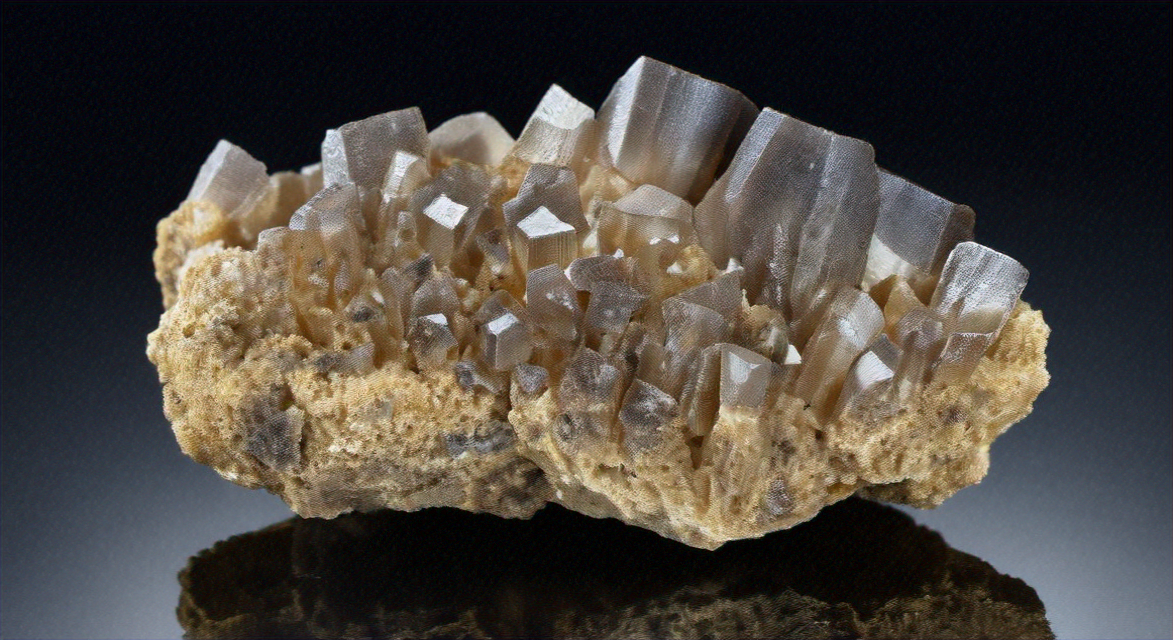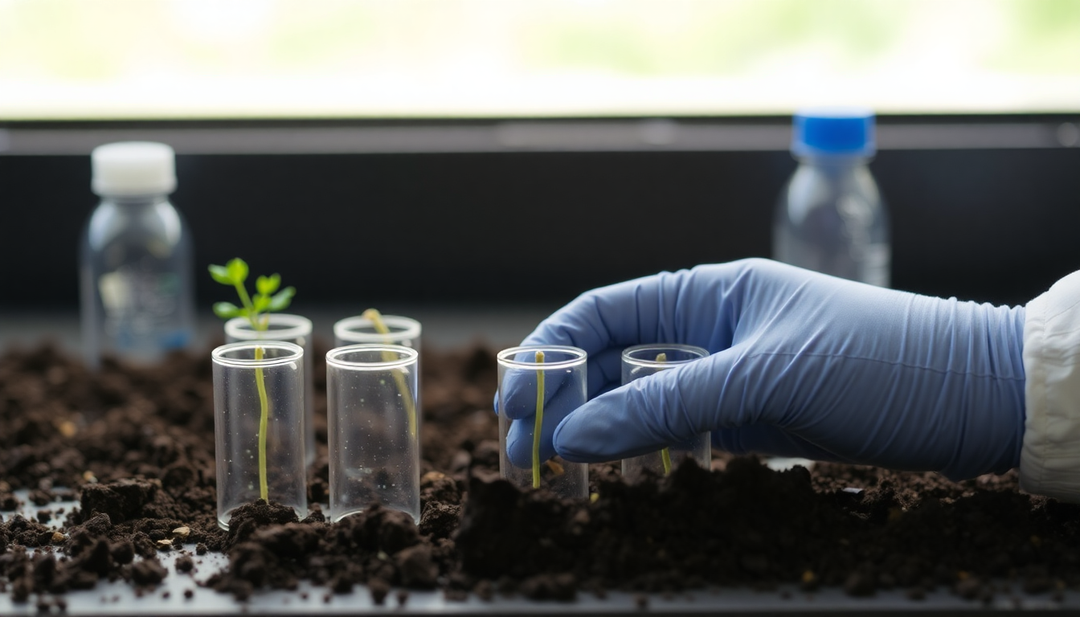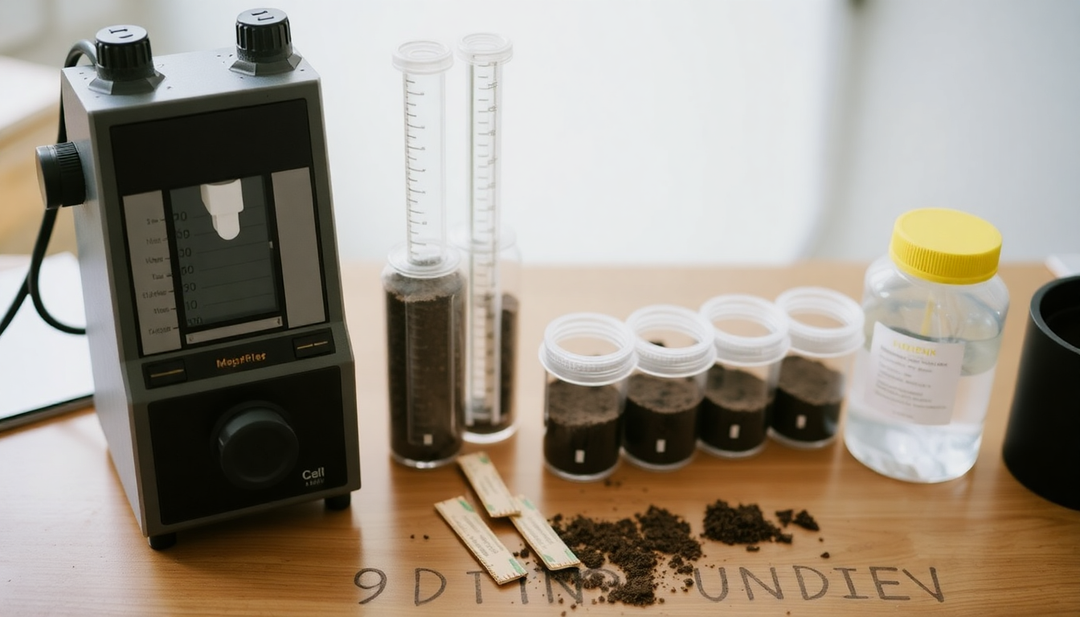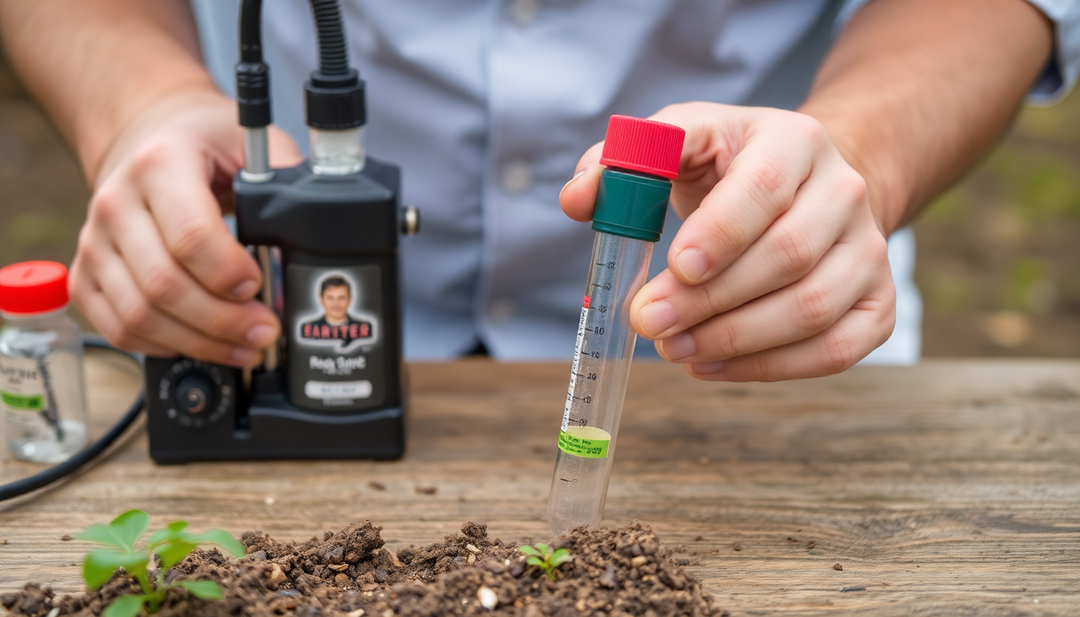Barium pollution in the soil: What are the dangers?

Barium pollution in the soil: What are the dangers?
Barium, an alkaline earth metal, occurs naturally in the environment, but elevated levels of barium in soil can result from human activities, posing significant risks to human health and the environment. Understanding these hazards is crucial for implementing effective prevention and remediation measures.
Sources of barium pollution:
- Industrial activities: Mining (barite mining), chemical manufacturing, petroleum refining, and ceramics production are major sources of barium pollution. Industrial waste containing barium can contaminate the soil through spills, leaks, or improper land application.
- Fertilizer and Pesticide Use: Some fertilizers and pesticides may contain barium compounds. Excessive or improper use of these products can lead to barium accumulation in the soil.
- Household waste: Batteries, accumulators, and some electronic equipment contain barium. Improper waste management can lead to soil contamination.
- Air pollution: Industrial emissions can deposit barium compounds into the soil via precipitation.
Health Dangers of Barium:
Exposure to barium can cause adverse health consequences, including:
- Ingestion: Ingestion of barium-contaminated soil can cause gastrointestinal disturbances (nausea, vomiting, diarrhea), high blood pressure, and heart problems.
- Inhalation: Inhaling barium dust can irritate the respiratory tract and cause lung problems.
- Skin contact: Direct contact with barium compounds may cause skin irritation.
- Long-term effects: Prolonged exposure to high levels of barium can have long-term effects on the nervous system, kidneys, and liver.
Environmental hazards:
Barium pollution also affects the environment. It can:
- Contaminate groundwater: Barium can leach into groundwater, making the water unsafe to drink.
- Affecting wildlife: Accumulation of barium in soil can harm plant growth and animal health.
- Altering the balance of ecosystems: Disrupting the ecological balance can have long-term consequences on biodiversity.
Detection and remediation:
Detecting barium contamination requires specific soil testing. Remediation methods vary depending on the level of contamination and soil type. They may include:
- Extraction of contaminated soil: Removal and treatment of polluted soil.
- Bioremediation: Use of microorganisms to degrade barium.
- Phytoremediation: Using plants to extract barium from the soil.
- Stabilization/solidification: Chemical treatment to immobilize barium in the soil.
Conclusion:
Barium pollution in soil poses a serious risk to human health and the environment. Careful management of industrial waste, responsible use of fertilizers and pesticides, and appropriate monitoring and remediation measures are essential to minimize risks and protect public health and the environment.
Keywords: Barium, soil pollution, health risks, environment, remediation, detection, industry, agriculture, public health, ecology, environmental safety.



